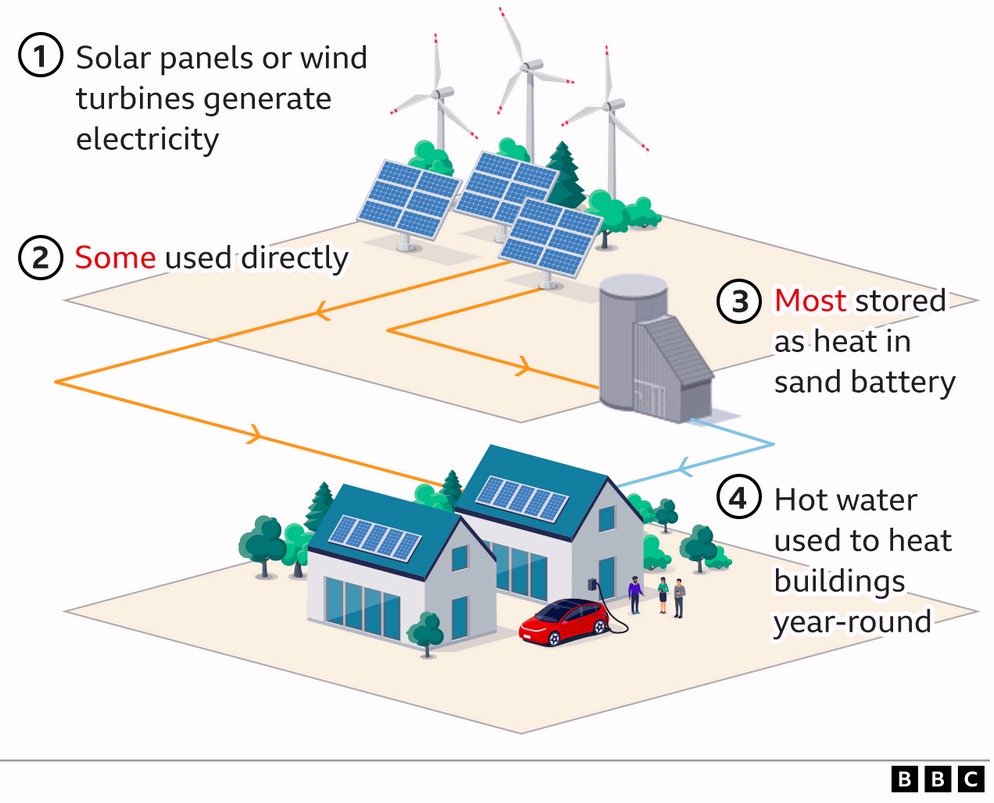
One of the main problems with solar and wind energy is storage. They are great for making electricity when the sun is out or the wind is blowing, but how can you store energy for dark windless nights in the cold of winter of the heat of summer? Neither lead acid nor lithium batteries offer the ability to store electricity on an industrial scale. For applications like the power grid, we need much better and environmentally friendly storage.
The most efficient alternative batteries are based on membrane technology. My favorite is the membrane based battery that can be 100% efficient and never losses it's ability to hold a charge. There are quite a few other battery types that do not involve mining or exploitation of natural resources. These include underwater bladders that solar electricity pumps up when the sun is out. Then, air is let out to turn turbines when batteries are needed. Another method is buried rocks that are heated up by solar during the sunlight and geothermal energy is used for batteries.
The most practical alternative battery that is currently in use is the sand battery. The battery uses low-grade sand and is charged up with heat made from from solar or wind electricity. The sand stores the heat near 932 degrees Fahrenheit.
"Whenever there's like this high surge of available green electricity, we want to be able to get it into the storage really quickly," says Markku Ylönen, one of the founders of Polar Night Energy who have developed a sand battery.
Battery scientist and climate change expert Sidd Mukherjee says, "It's a heat store... nice and simple. You can get better by using a phase change material like Glauber's salt, but at the expense of more complexity. Sand is nice and simple. So is water."

What about solar energy? Can't we use solar for everything?